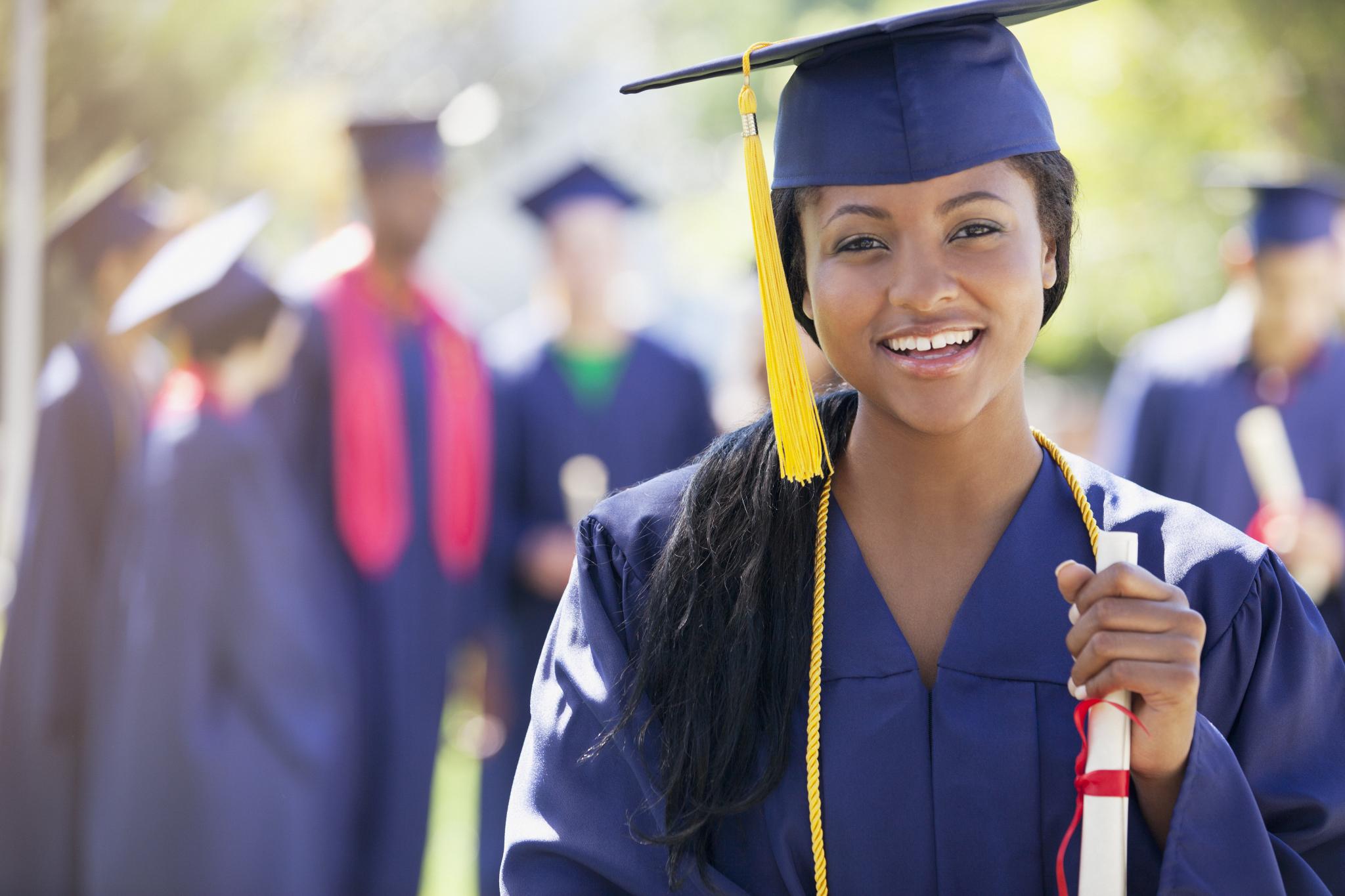
The state of historically Black colleges and universities appears to be in tragic disarray. Graduation rates are on the decline, and funds within the institution are dismal.
In an article for Newsweek titled “Black Colleges Matter,” author Alexander Nazaryan explores the plight of the historic institutions—and why it’s so important that we reverse the trend. Here are six things you need to know about what is happening to our HBCUs.
Graduation rates at HBCUs are on the decline.
Last year, the average graduation rate at a four-year HBCU hovered around 59 percent. Though higher than that national average for Black students at non-HBCUs, no HBCU saw graduation rates above 70 percent (Spelman was the highest at 69 percent, followed by Howard with 65 percent. Comparatively, Harvard, Amherst College, Swarthmore, Yale and Princeton all saw graduation rates topping 90 percent). More so, half of the nation’s HBCUs had rates below 34 percent.
Fewer students are choosing to attend HBCUs.
In the days of Jim Crow, Black students typically only had one choice when seeking higher education: Apply to an HBCU. Even in the decades following the Civil Rights Movement, 80 percent of African-Americans were opting to attend one. However, those numbers have fallen drastically since the 80s (HBCUs saw a spike after A Different World worked a fictional HCBU into its storyline). Nowadays, only 9 percent of Black students are choosing to attend an HBCU.
Fundraising is a major problem for HBCUs.
As Nazaryan points out, the declining number of students has had a detrimental effect on the universities’ funds. A study found that HBCU alums are less likely to donate to their alma mater, though in many cases, the problem goes deeper than personal donations. HBCUs only receive a percentage of government money compared to non-HBCUs, and Congress has drastically reduced the length of Pell grants—something that many HBCU students rely on. Statistics show that Brown University receives $3.2 billion in government funding—less than any other Ivy League college. By comparison, Howard, the “richest” of the HBCUs, receives a minimal $586.1 million. The lack of funding forces the universities to cut costs, eliminate programs and sell valuable resources, sadly making their institutions less attractive to incoming students.
The majority of HBCUs are endangered.
In his new book, Where Everybody Looks Like Me: At the Crossroads of America’s Black Colleges and Culture, journalist and HBCU professor Ron Stodghill predicts that the number of the nation’s HBCUs will fall from 104—the current number—to only 35. HBCUs across the country are feeling the effects: St. Paul’s College in Virginia was forced to close its doors in 2013, and Morris Brown College in Atlanta, which lost accreditation 13 years ago, only had 35 students enrolled last year. University presidents have come under fire for misusing funds, leading to a decrease in credit ratings.
Experts believe our post-racial society is to blame for HBCUs’ downfall.
The article points out that many Americans tend to think that we are living in a post-racial society. When Black high school students can choose between an HBCU that might be struggling and an Ivy League institution, Nazaryan notes that many will choose the latter. Additionally, with African-Americans like President Obama, Loretta Lynch, Shonda Rhimes and Eric Holder—none of whom attended HBCUs—in power, younger generations don’t feel a pressing need for the schools.
HBCUs still produce some of the nation’s top Black professionals.
Despite the bleak outlook and low graduation rates, HBCUs still graduate some of the country’s leading Black professionals. Seventy percent of America’s Black doctors have a degree from an HBCU, along with 35 percent of Black lawyers and 50 percent of Black engineers and teachers, solidifying the dire need to save these historic institutions.
What are your solutions for the plight of HBCUs? Share your thoughts below.





